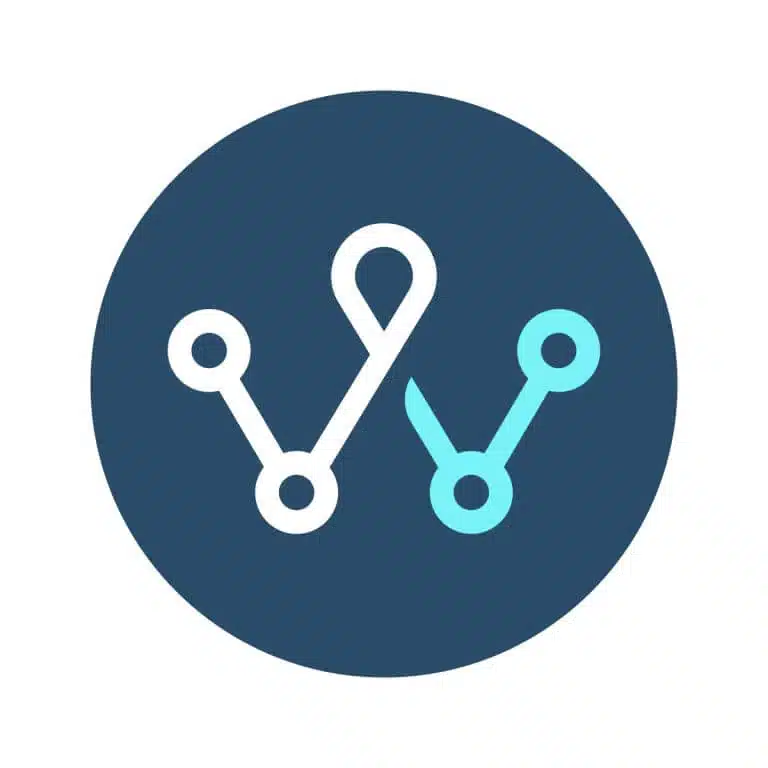Authored by: The WayPath CRM Team
Customer experience technology is constantly evolving, with new innovations emerging at a rapid pace. Products and services have ever-decreasing life spans and newer, better projects emerge at a quickening pace. Additionally, customer expectations are solidified by the experiences from leading companies— people expect Amazon or Apple levels of customer service with every company they deal with. This means that businesses need to be able to bring new products and services to market quickly in order to stay ahead of the competition.
Through our experience, we have uncovered many places on the customer experience improvement journey with Salesforce where businesses get hung up and delays get introduced into the roll-out plan. The top three hang-ups are poor requirements gathering, sub-par development teams, and poor communication between technologists and business owners.
Requirements Gathering
First, requirements gathering can be overlooked at the start of any project, but we believe strongly in including the right individuals on the team and being thoughtful about the gathering process. We also believe in including the technology team in the process, too often we have seen teams struggle where requirements are “thrown over the fence” at a development team. As a rule of thumb, the more time and space that separates the requirement gatherer (business analyst) from the requirement consumer (development team) the less chance of success.
Development Teams
Secondly, any project needs to include the correct skillsets to make the best use of your Salesforce investment. Many platforms bill themselves as low/no code. This promise continues to become more and more true over time. However, the marketplace does have many so-called “developers” that only have a surface level understanding of the technology and are often flummoxed when requirements require modest customization.
Communication between Technologists and Business Owners
Lastly, we feel strongly that the relationship of the technology expert with the business or product owner is paramount. We have seen too many teams fail because the technology team couldn’t or wouldn’t advise the business/product owner on how to best use Salesforce. Getting the full value of Salesforce requires understanding how to maximize the value of the platform features and applying them to business problems. Ensuring that our Salesforce environment isn’t twisted into a pretzel and made to do “unnatural things” is a key duty of the technologist to the business owner.
Salesforce Consulting: WayPath’s Processes
At WayPath, we respond to these challenges by providing experienced, local teams who utilize proven agile processes. Our team has a deep understanding of the challenges and opportunities associated with CRM implementations and knows how to overcome obstacles and deliver results. We adapt quickly to change and respond to feedback from customers and stakeholders, and we are easy to communicate with, collaborating seamlessly with your team. We have been able to retain our agility throughout our history and continue to deliver results faster than our competitors. Contact us for a conversation on how we can do this for you.




